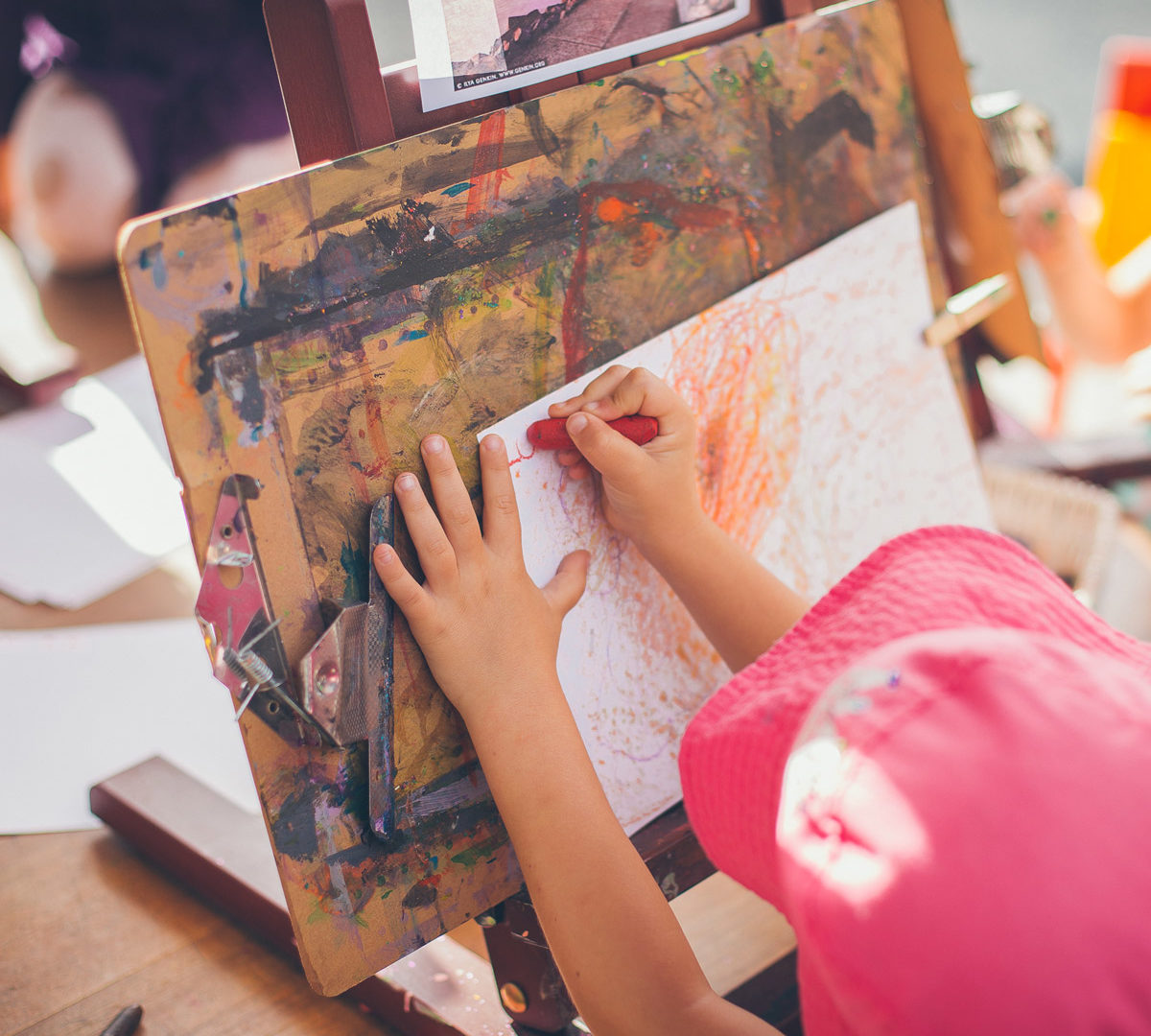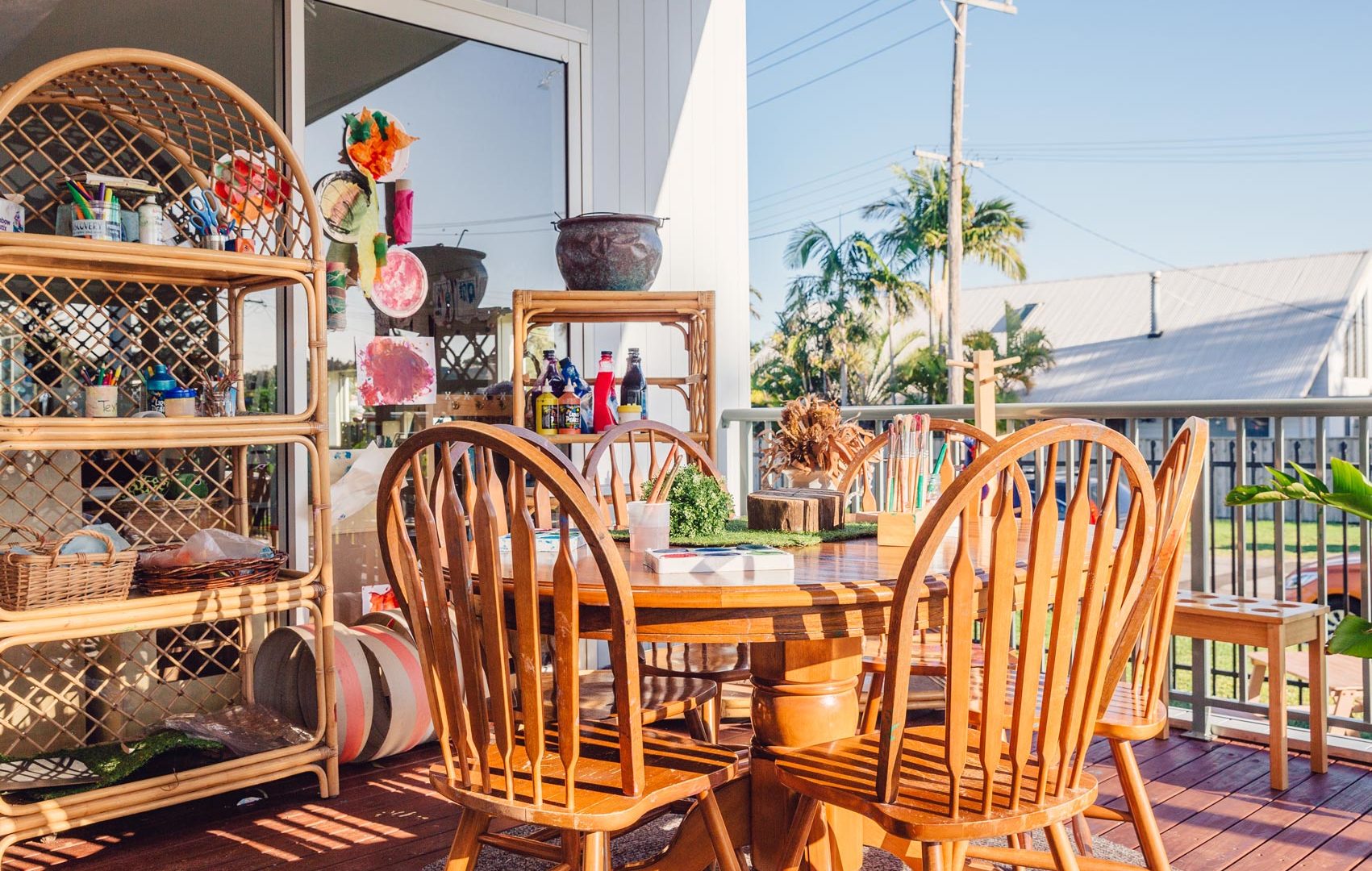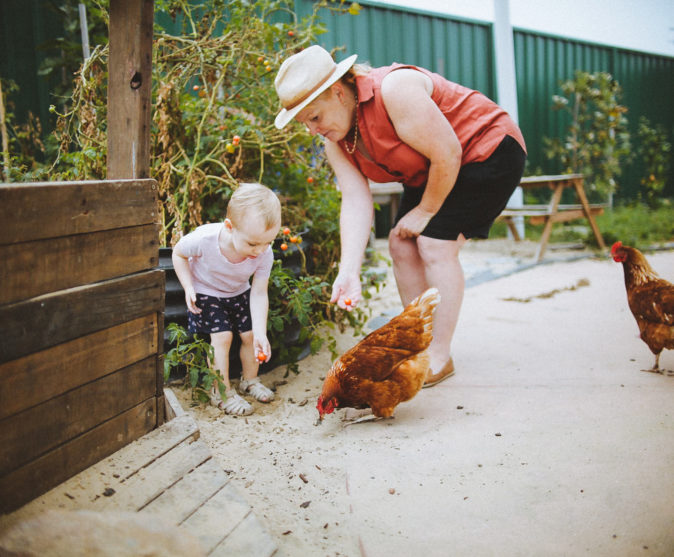With increasing understanding about the harmfulness of micro plastic pollutants entering the water system, scientists from around the world are advocating for a ban on a range of single use plastic items, one of which is glitter.
To this end, Tops Day Nursery, a British early childhood education and care centre has banned the use of glitter in craft activities. In a blog post from November last year the centre director Cheryl Hadland said:
“These tiny, shimmering specks of micro plastic are virtually impossible to remove from the environment once there. When we’ve finished using plastic glitter for play, in decorating a card, sprinkling it into play dough or glue or painting with it, it goes into a bin or into the sink. It can’t be recycled because it isn’t practical to do so, it’s too small to separate out.”
The nursery added that when glitter enters the environment by landfill, through the air being blown around, it sticks to people’s hands and goes down the sink into the water system, it sticks to people’s clothes or mops, which go through the washing machine, and out into the water system.
Ms Hadland said: “We hope that our future generation will be more conscientious about their impact on the environment. We welcome support from parents and families, we believe this is a cultural change which will benefit not only us, but our children even more.”
Glitter is a mainstay in the craft cupboards of most early childhood services, and it’s hard to imagine banning it entirely, however, limiting use to special occasions could be a sound strategy and you could also consider introducing alternatives such as:
Biodegradable glitter: It’s glitter without the bad bits! Biodegradable glitter is relatively new in Australia and more expensive than plastic based alternatives so rationing it out to special occasions makes sense. Biodegradable glitter is made from eucalyptus tree extract and aluminium and breaks down in water.
Sand glitter: Coloured sand lacks the shine and shimmer of glitter, but can be used in many of the same ways and it is cheap and easy to make.
Tiny flowers and petals: Take a basket on a scavenger hunt and collect a selection of tiny brightly coloured flora to use in place of plastic glitter. If you use tiny bottles to store the ‘glitter’ it will be just as appealing as the store-bought stuff.
Salt glitter: Use food colouring and salt to create a great substitute for plastic glitter.
Coloured rice: Quick and easy to make coloured rice has a larger grain than store-bought glitter but s an easy and cheap substitute
Taken from:
https://www.careforkids.com.au/childcarenews/2018/february/27/glitter.html



